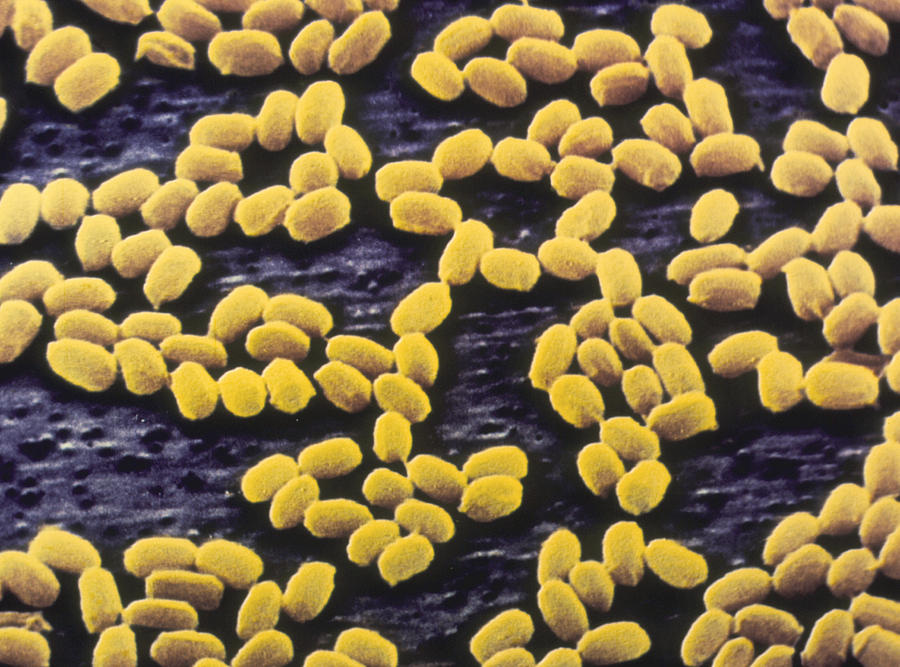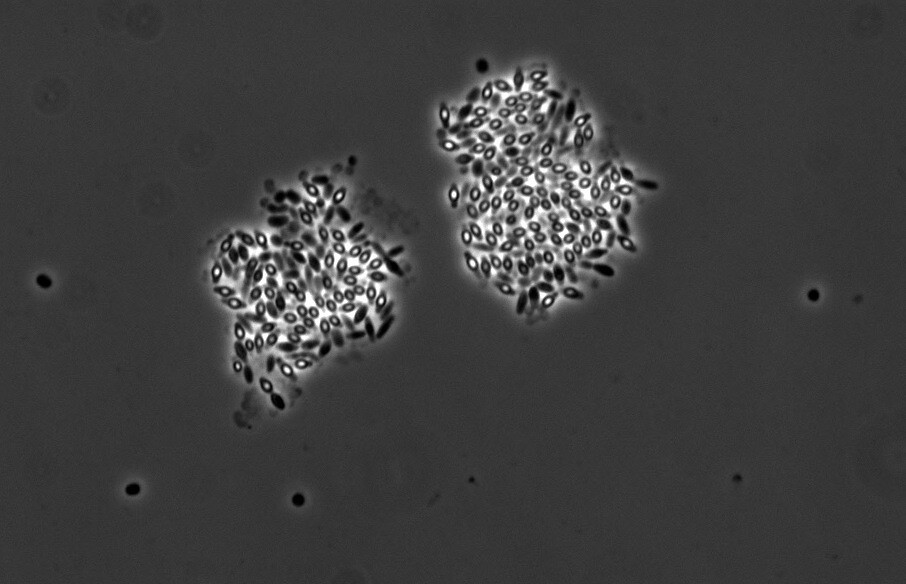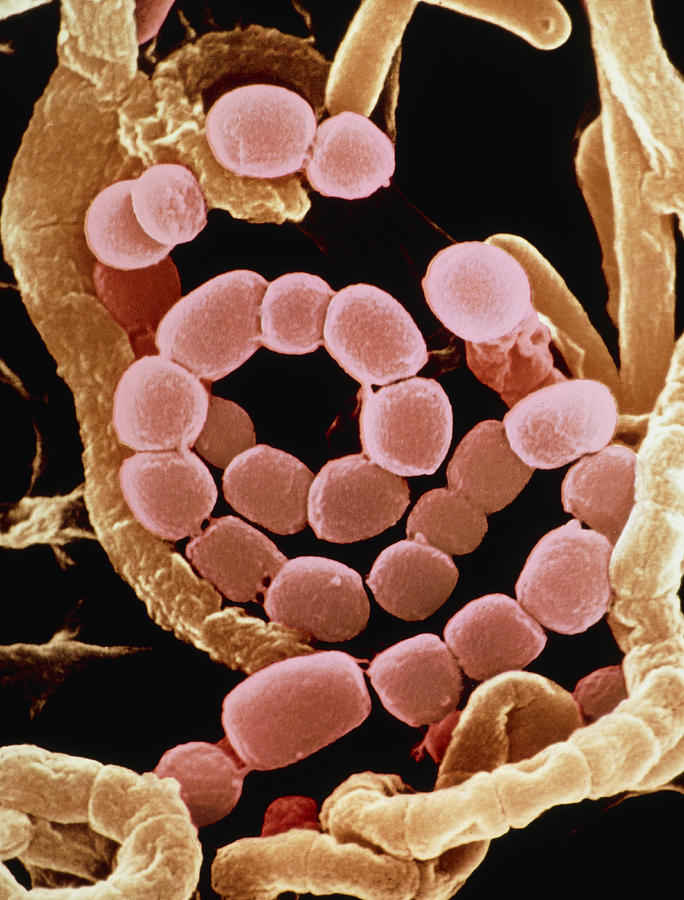

Application of bacteria as self-healing agent for the development of sustainable concrete. M., Thijssen, A., Muyzer, G., Copuroglu, O. Synthetic biology-engineering nature to make materials.

Incorporating microorganisms into polymer layers provides bioinspired functional living materials. Escherichia coli “Marionette” strains with 12 highly optimized small-molecule sensors. Regenerative medicine: current therapies and future directions. Three-dimensional bioprinting of thick vascularized tissues. 3D printing for the fabrication of biofilm-based functional living materials. Engineered living materials: prospects and challenges for using biological systems to direct the assembly of smart materials. D., Duraj-Thatte, A., Praveschotinunt, P. This work demonstrates materials endued with living functions that can be used in applications that require storage or exposure to environmental stresses.

As a demonstration, we printed custom-shaped hydrogels containing bacteria that can sense or kill Staphylococcus aureus, a causative agent of infections. Genetic engineering enabled the bacteria to respond to stimuli or produce chemicals on demand. The material was resilient to extreme stresses, including desiccation, solvents, osmolarity, pH, ultraviolet light, and γ-radiation. Bacillus subtilis spores were printed within the material and germinated on its exterior surface, including spontaneously in new cracks. Here, we present a three dimensional (3D) printer that can mix material and cell streams to build 3D objects. A challenge is that the conditions needed for living cells are not conducive to materials processing and require continuous water and nutrients. Materials can be made multifunctional by embedding them with living cells that perform sensing, synthesis, energy production, and physical movement.


 0 kommentar(er)
0 kommentar(er)
